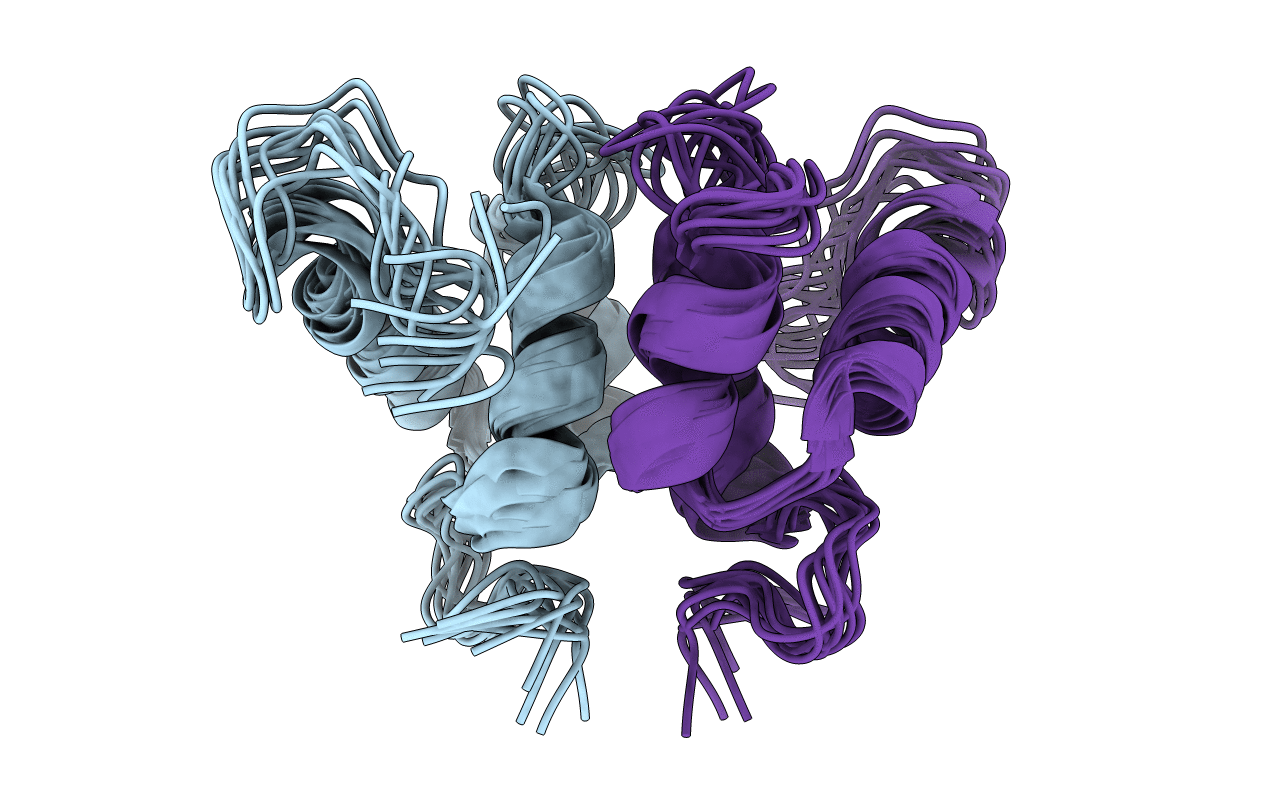
Deposition Date
2013-10-26
Release Date
2015-04-08
Last Version Date
2024-05-15
Entry Detail
PDB ID:
2MG4
Keywords:
Title:
Computational design and experimental verification of a symmetric protein homodimer
Biological Source:
Source Organism:
Drosophila melanogaster (Taxon ID: 7227)
Host Organism:
Method Details:
Experimental Method:
Conformers Calculated:
32
Conformers Submitted:
10
Selection Criteria:
structures with the lowest energy


